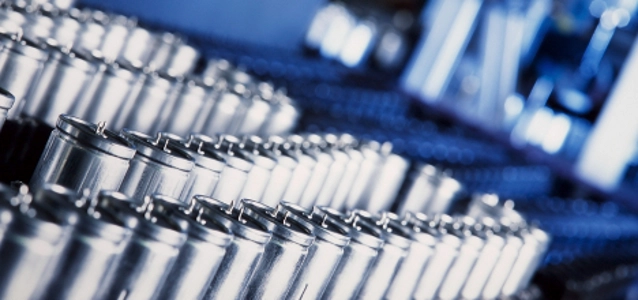
© rainer plendl dreamstime.com
Analysis |
Medical-grade display market soars as demand rises
The global market for medical-grade displays is set to rise by nearly 30 percent from 2012 to 2017.
Mainly driven by positive factors including improving economic conditions, the unleashing of postponed demand and rising sales in Latin America, Europe, the Middle East and Asia.
Medical-grade display revenue is forecast to rise to $3.2 billion in 2017, up 29 percent from $2.5 billion in 2012, according to the “Medical Displays - World – 2013” report from IHS.
The forecast encompasses monitors used for radiology, surgical and patient monitoring purposes. Within the patient monitoring category, the revenue figures exclusively cover monitors employed in central stations, magnetic resonance imaging (MRI)-compatible equipment and midrange to high-end multi-parameter displays.
The majority of the market revenue in the coming years will be generated by patient-monitor displays because they command the highest average selling prices of all products in the market. However, the fastest growth in the medical-grade display market will be generated by the radiology and surgical segments. Revenue for these product segments are set to expand at a compound annual growth rate (CAGR) of 7 percent from 2012 through 2017, compared to about 5 percent for the overall medical-grade display space.
“The medical-grade display market is reaping the benefits of multiple sources of demand,” said Shane Walker, senior manager for consumer & digital health research at IHS. “After years of postponing purchases, U.S. hospitals are seeing their budget constraints loosen up, resulting in rising purchases of equipment, including displays. However, the rise in demand is actually very broad-based, with multiple developed and emerging regions around the world driving expansion of the market.”
Displays of health
Despite scrutinizing budget increases and seeking ways to limit redundancy in the displays they use, U.S. healthcare providers are upgrading their units that are at the end of their warranty periods.
Meanwhile, Latin American healthcare facilities are engaged in a long-term transition to digital technology. This will spur a continuous rise in demand for monitors from the region in the coming years.
Getting in the Eurozone
As the year 2017 approaches, the recovery in Eurozone economies is expected to start to drive demand for medical-grade displays. The recovery is likely to be staggered, with some of the member countries remaining in a state of recession for the next few years.
The southern Eurozone countries, which have been the most affected by the monetary crisis, eventually will emerge as a growth opportunity. This is because they will increase their adoption of picture archiving and communication systems (PACS) up from currently low levels, a phenomenon that will require the purchase of displays.
The Middle East is also expected to emerge as a major market growth driver in the coming years, with Saudi Arabia and neighboring countries investing in multibillion-dollar research facilities and hospital building projects.
Asian health craze
The Asia-Pacific region, in particular, continues to exhibit strong growth, due in part to government stimulus programs that contributed to specialty monitor adoption in 2010 and 2011.
While most of the stimulus funds have now been exhausted, the initial spending helped to fuel equipment demand and industry development across the region, which has resulted in continued demand for specialty displays. The comparatively low penetration of specialty displays in Asia-Pacific is a key factor driving its high growth rate. Large segments of the Asia-Pacific market are still in the initial transition phase to higher-performance displays and increased use of digital imaging in medicine.
Display dispatches
Revenue growth in the medical-grade display market is being boosted by stabilization in average selling prices (ASP). The ASPs, in turn, are being propped up by increasing demand for larger screen sizes and for liquid-crystal displays with newer light-emitting diode (LED) backlighting technology.
Ultrasound is projected to generate the strongest growth of the imaging modality markets during the next five years. The relatively low-cost and increasing diversity of the application is driving greater demand for ultrasound systems, including displays.
Also, sales of very-high-resolution mammography displays are offsetting losses from the declining demand for low-resolution monochrome displays.
